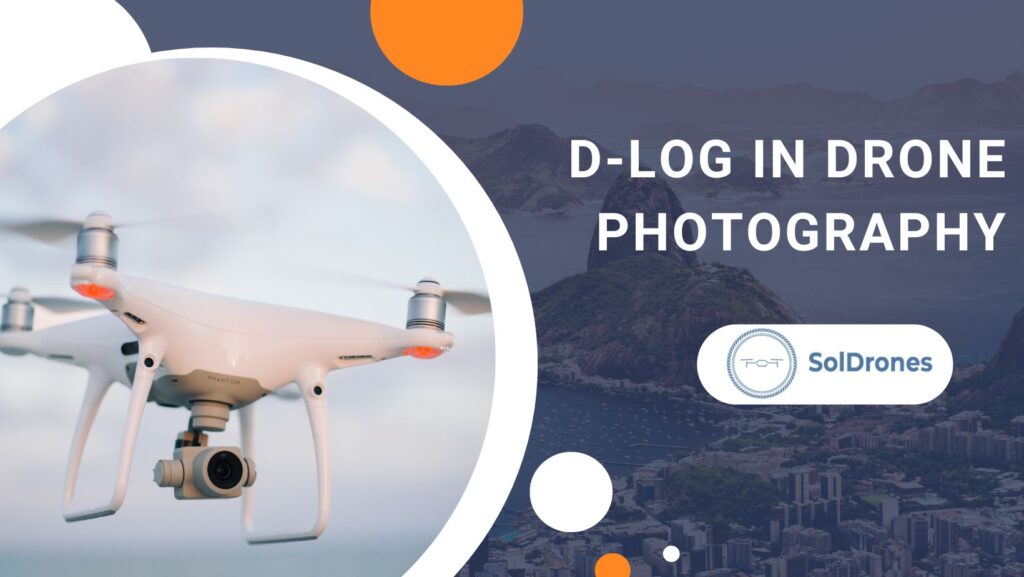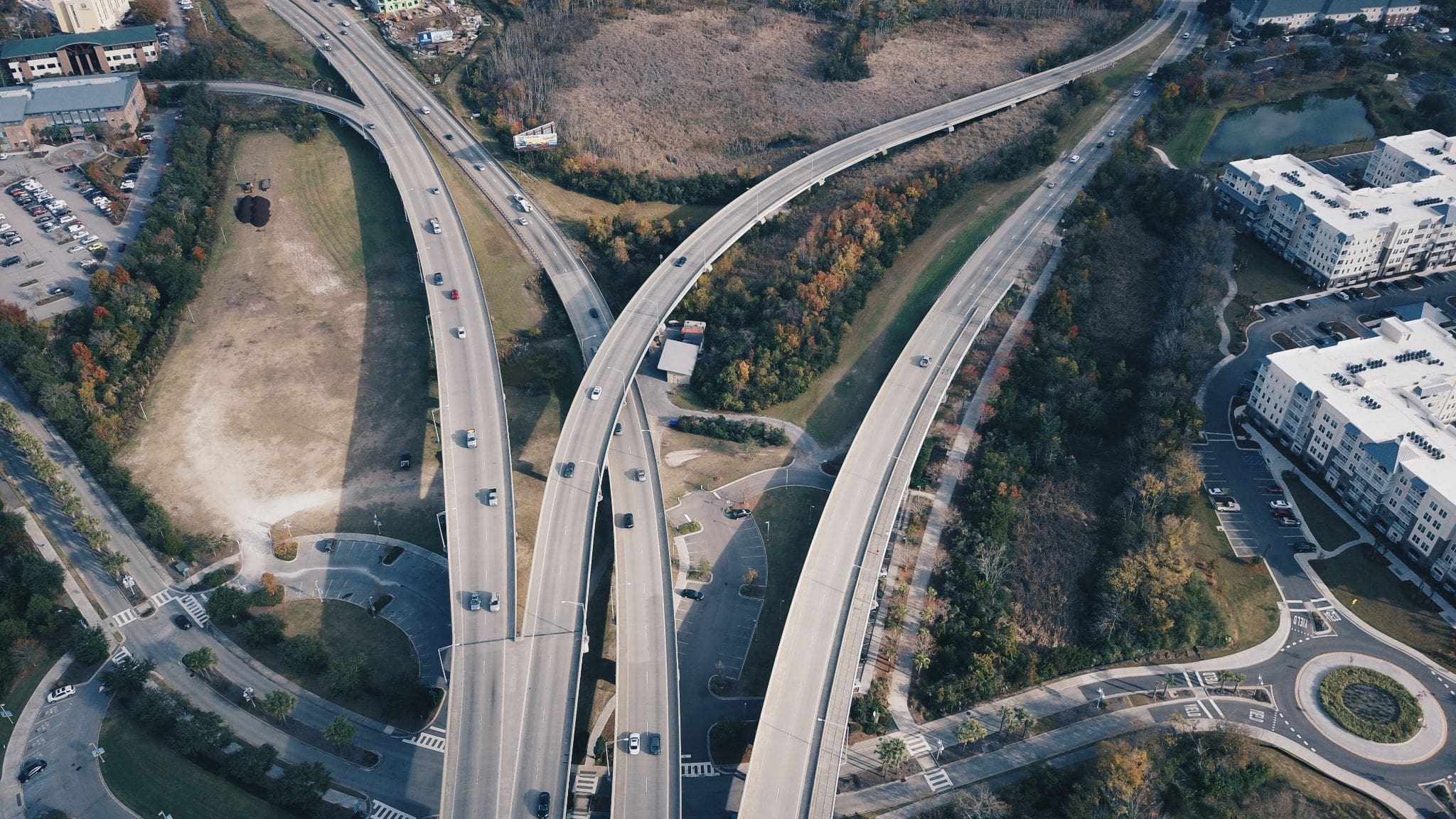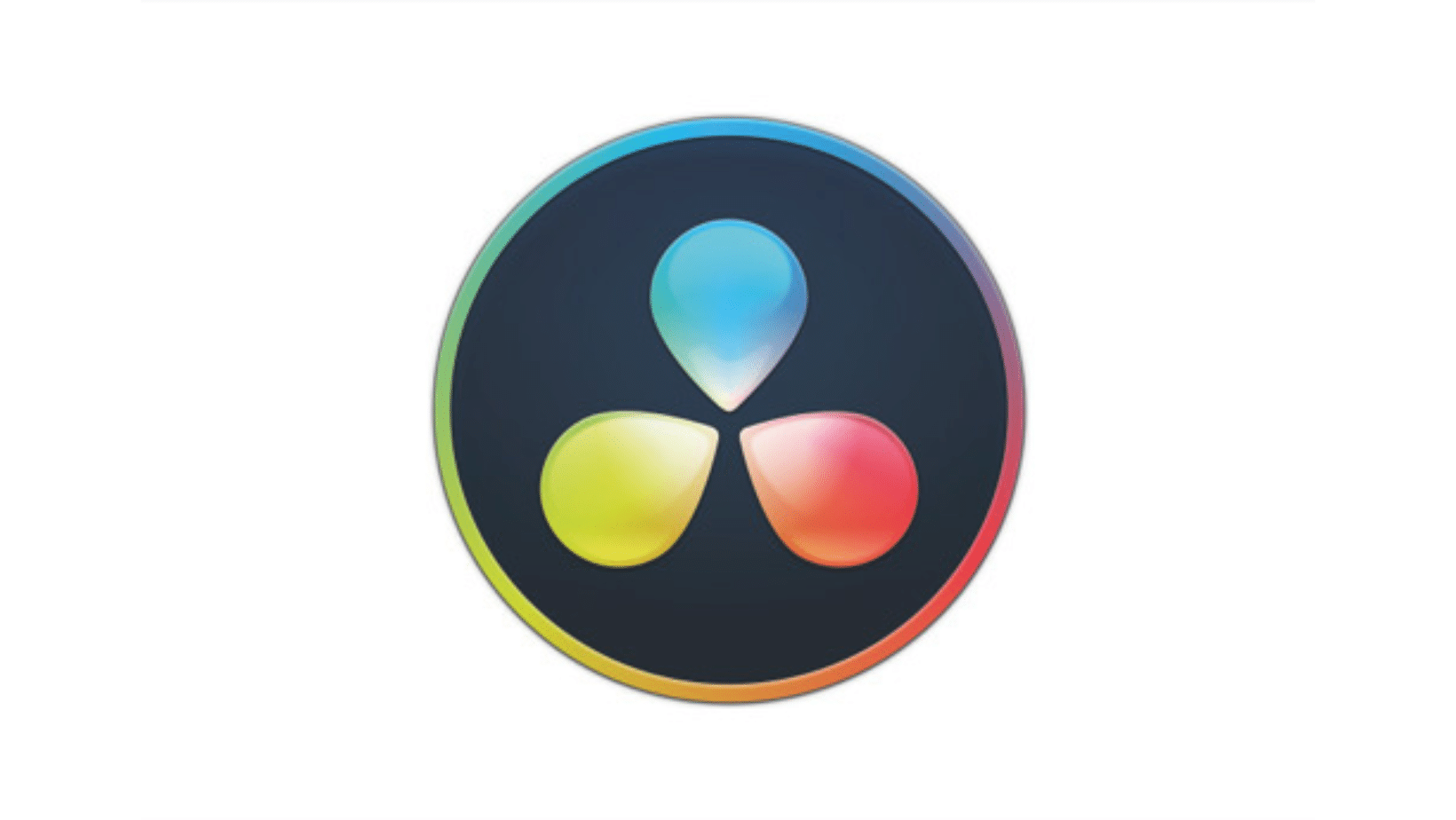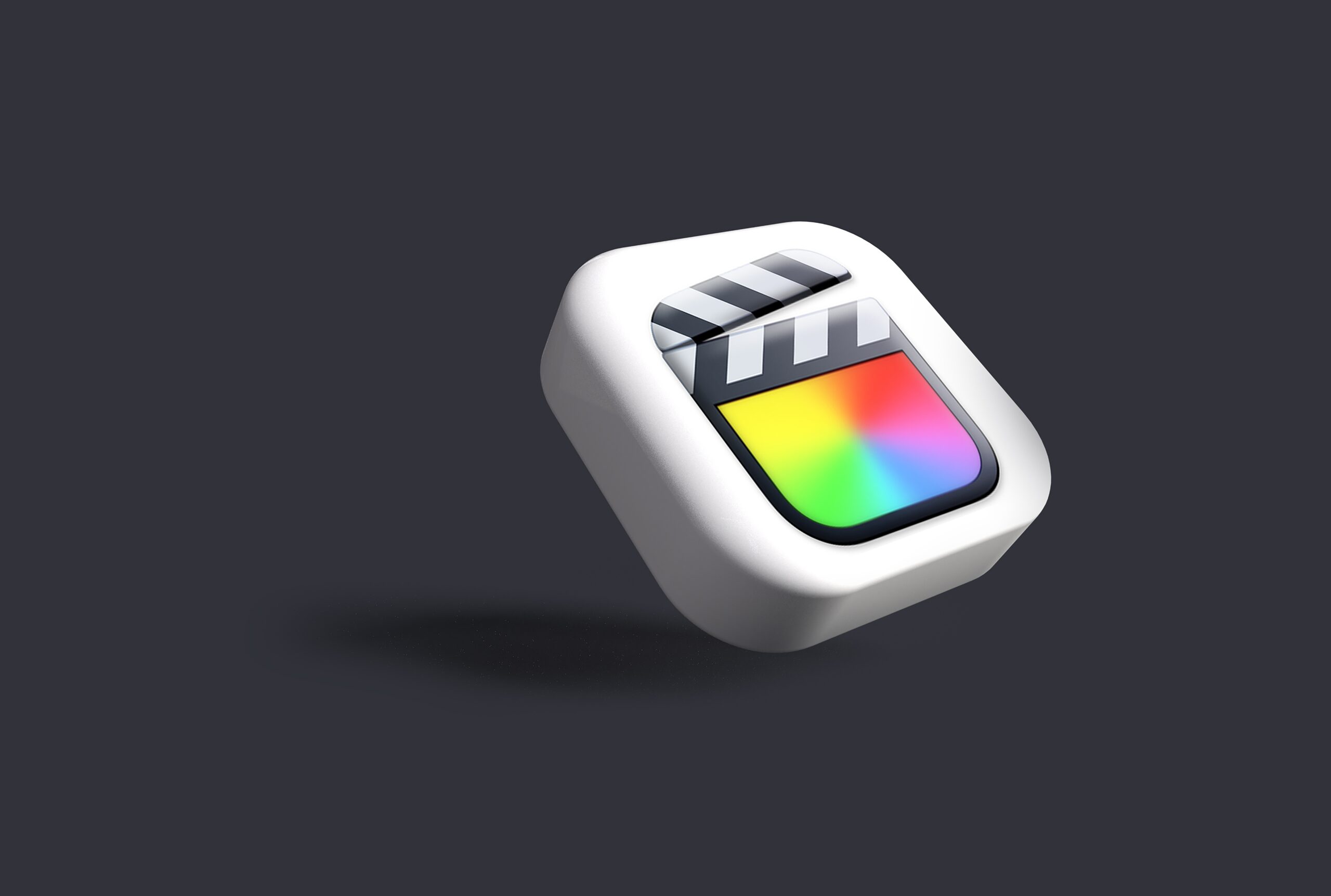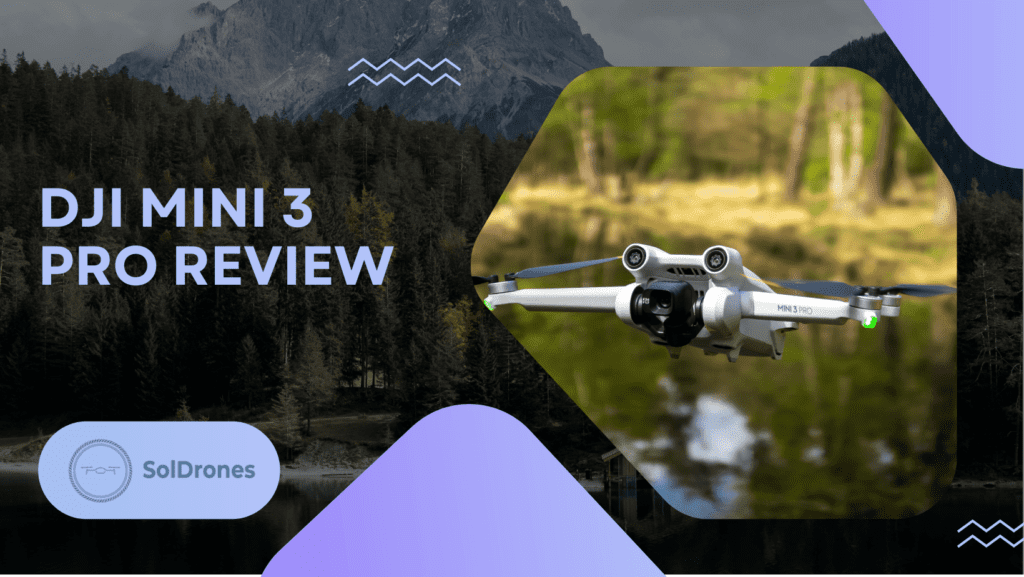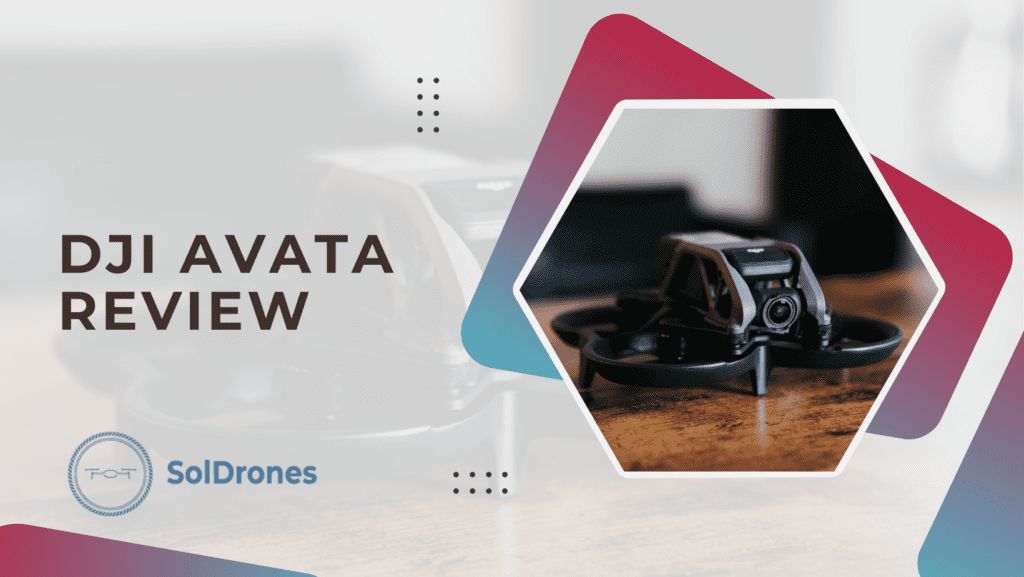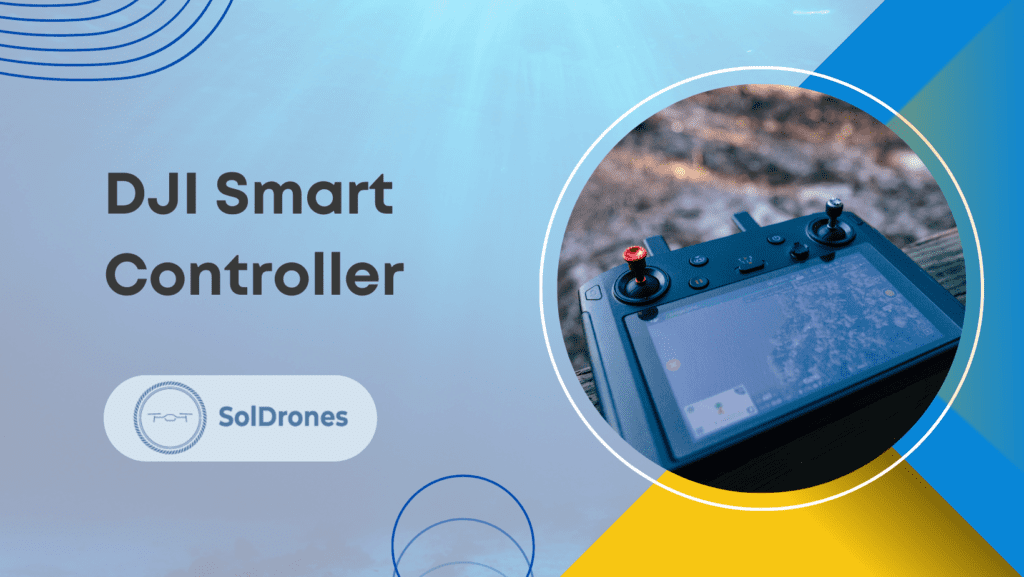In the world of drone photography, color grading is key to making your shots stand out. It’s not just about adding color – it’s about bringing life and feeling to each picture.
This guide will teach you about key elements like D-Log LUTs, LOG gamma, and style settings. We’ll look into tools like DaVinci Resolve and Final Cut Pro and dive into special features of drones like the Mavic Pro.
If you’re new to drone videography, understanding the difference between D-Cinelike, D-Log, and Normal modes might seem tough. Even those who’ve been at it a while may struggle to pick the best mode. This guide will make these ideas clear so you can get amazing aerial videos every time you fly.
- Lightweight and No Registration Required: Weighs under 249 g, eliminating the need for registration in many regions.
- 4K/60fps HDR Imaging: Captures stunning vertical videos in high quality, perfect for day and night scenes.
- Omnidirectional Obstacle Sensing: Enhanced safety with comprehensive obstacle detection, ideal for beginners and experienced users alike.
What Is D-log?
Put simply, D-log is a unique color profile for drone photos that catches more detail and shades.
This softer, dim color mode lets the camera grab a wider mix of bright and dark spots, stopping shadows from being too deep and bright spots from being too light or faded.
Video Credit: Casey Faris
Unlike regular videos, clips shot in D-log look plain and faded at first. This is because D-log clips are made to be fixed up later, giving you the chance to unlock their true value in editing.
What Is D-Cinelike?
D-Cinelike is a special color setting from DJI for some top drones. This mode captures a wide range of colors while keeping details in dark, light, and mid areas.
Unlike other modes that make colors seem dull and flat, D-Cinelike brings out bright colors from the start.
Yet, to get your video looking its best, you still need to edit the colors after shooting. This means adjusting colors in the edit phase to boost how your video looks.
D-Cinelike Vs. D-log
When you film in D-Cinelike and D-log, the raw clips look dull and flat at first. This is because these modes are made for color work in editing, not to be the final video straight away. Both need video editing software to adjust the colors and make the clips bright and full of life.
D-Cinelike grabs lots of colors, giving a wide mix that’s easy to tweak when editing. With some simple changes to light and color depth, you can get top-notch looks fast. On the flip side, D-log gets details in bright spots and keeps dark areas from being too deep. This makes D-log great for scenes with big light and shadow contrasts.
Video Credit: 51 Drones
Color grading tools like Lookup Tables (LUTs) make editing faster. LUTs are preset color schemes you can add to your clips to quickly get the look you want. Both D-Cinelike and D-log clips work well with LUTs, making color grading process easier and quicker.
Picking between D-Cinelike or D-log comes down to what you like and where you are shooting.
No mode is better by itself – each has its own advantages based on the scene. Try them both to see which one fits your style and needs.
D-Cinelike Vs. Normal
When you compare D-Cinelike against the Normal color profile, think about your drone video goals.
The Normal setting is top-notch if you prefer videos that pop with color and life straight from the drone. The camera handles everything, delivering pretty video without much editing. This makes it ideal for beginners or casual flyers who seek quick, straightforward results.
But if you want a more professional look, D-Cinelike is better. This color profile grabs more shades and details, especially in shadows and highlights. The raw clips might not impress you at first, but they’ll give you lots to play with in editing. By adding colors to your D-Cinelike footage, you can get a cinematic quality that you just can’t with Normal mode.
If you want to make great videos and you’re okay with putting in extra work after filming, go for D-Cinelike. But if you like easy shooting and quick results, Normal mode is your best bet.
How to Maximize Dynamic Range in Drone Photography
Using the D-Log setting on DJI drones can make your aerial shots look much better. It grabs a lot of colors and details in both light and dark spots, which is key for videos that pop with depth and rich contrast.
D-Log keeps more detail in the bright and dark areas, so your pictures look full and detailed.
Log gamma is another key tool. It fits a wide range of light and dark into a normal picture setting, so you don’t lose any details when taking photos.
When you use log gamma right, you have more space to play with colors in editing. This means you can make your footage bright and true to life.
Getting how dynamic range works is important. It’s about the span between the darkest and the brightest parts of a picture. A big dynamic hints your shots will show more details, making your footage look sharp and real. In drone shots, a great dynamic range is great for catching Earth’s many colors and shades for a deeper view feel.
When working with log footage like D-Log, it’s vital to use these tools correctly to improve your aerial shots. By getting good at these methods, you can make sure your drone videos are not just pretty but also with a touch of emotion.
Tools for Color Grading
As we go deeper into color grading, knowing your tools can make a big difference. Two leading software programs are DaVinci Resolve and Final Cut Pro.
DaVinci Resolve excels in fine color correction and top-notch sound editing. This tool is best for those who want deep detail and pro results.
Final Cut Pro is user-friendly but also packs strong features. It blends ease with quality editing, fitting for both beginners and pros.
Style settings play a big role in how your video feels. Think of them as the mood music in a movie – they create the vibe.
Picking the right style can make your drone videos touch hearts. By mixing light and shadow and making colors stand out, each shot does more than show a place – it makes the viewer feel something strong.
Explore the Power of LUTs in Drone Photography
If we explore the color grading deeper, we come across LUTs, short for Lookup Tables. They’re like magic tools that shift the colors in your video to look stunning. LUTs are basically filters you lay on your footage for a special style. There are two key kinds of LUTs:
- Conversion LUTs
- Creative LUTs.
Conversion LUTs are like translators for color. They create a blank slate so your colors look nice on all screens. For example, if you show a sharp red on both a TV and a computer, conversion LUTs make sure it looks good on each.
Creative LUTs are the fun part. They let you change your video to look like a Hollywood movie or a documentary. With Creative LIDs, you add cool effects. So, if you want your clips to pop, Creative LUTs have what you need.
For those flying a DJI Mavic Pro – by using the D-log setting, you can catch more colors and details. This gives your videos a wide range of light and dark, perfect for scenes with bright and shadowy parts. After filming, you can use d log lut to make your videos look top-notch.
Take a look at the video below to see how LUTs can transform your drone footage from dull and flat to vibrant and cinematic.
Video Credit: Denis Barbas
Learning how LUTs work can really improve your visuals from ordinary to extraordinary. Play around with these tools to highlight the best in each scene, ensuring your viewers can see and feel the beauty of what you’ve captured.
Popular Drones That Support D-log
Here are some top drones on the market that work with D-log:
- Mavic 3
- DJI Phantom 4 Series
- DJI Mavic 2 Pro
- DJI Inspire Series
Drones That Support D-Cinelike
Here are some top drones you can find that allow D-Cinelike mode:
- DJI Phantom 4 Series
- DJI Inspire series
- DJI Mavic Air
- DJI Mavic Air 2
- DJI Mavic 2 Pro
- DJI Mini 3 Pro
Final Thoughts
Picking the best color profile for your drone videos depends on your goals. If you’re new and want nice videos with little effort, go with Normal mode. It’s easy and gives you good videos right away. But if you want amazing videos, then D-Cinelike or D-log is the way to go. These need more work in editing, but the result is worth it, giving you great cinematic clips.
DJI’s cool drones offer all these choices, so you can try them out and find what suits you best. Using D-Cinelike or D-log means more time spent on editing, but it lets you adjust the colors and details to make your videos pop.
If you want to get better at drone photography and videography – SolDrones is here to help you achieve your goals. No matter if you’re a beginner or aiming for professional videos, there’s a setting and a path right for you.
Frequently Asked Questions
How does d log work?
D-LOG on the Mavic 2 is like using RAW in a DSLR. It grabs lots of info in both light and dark spots. This makes sure bright parts don’t get too light and dark parts don’t go all black.
What is a 10-bit D log?
A 10-bit D-log lets your camera grab over a billion color shades. This means you catch more true and full colors, making it simpler to tweak and boost your videos after you shoot them.
What are the benefits of D log?
D-Log grabs many tones, letting you shape your edits better. This means you can mix in your own color and flair to videos, making them look professional.

